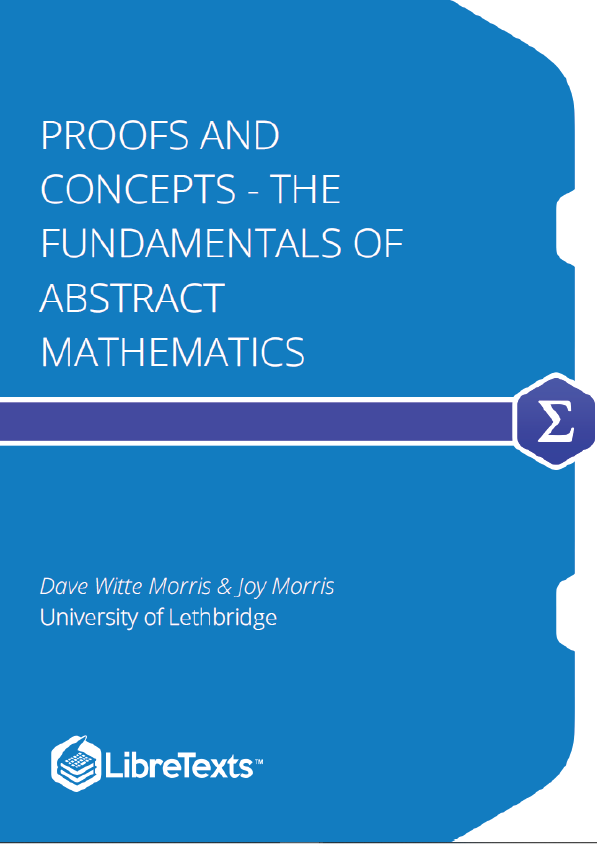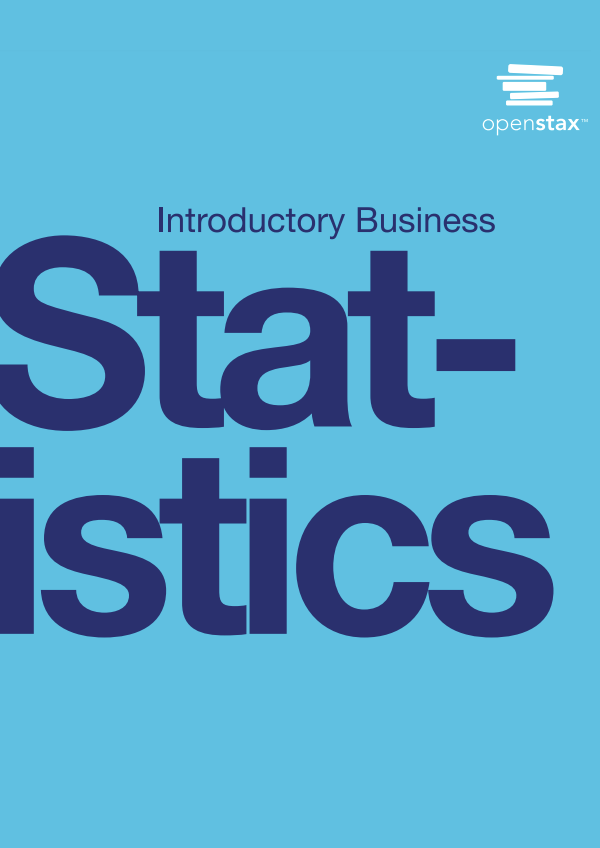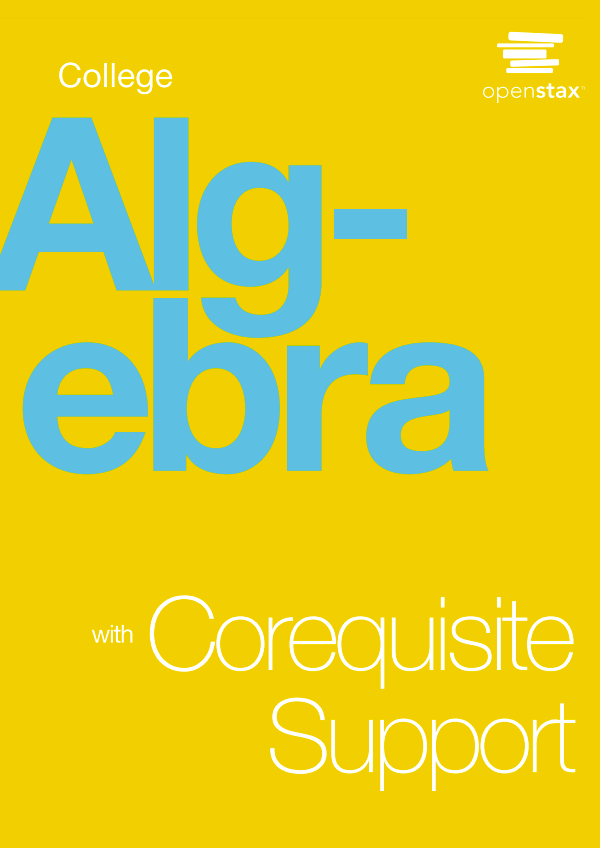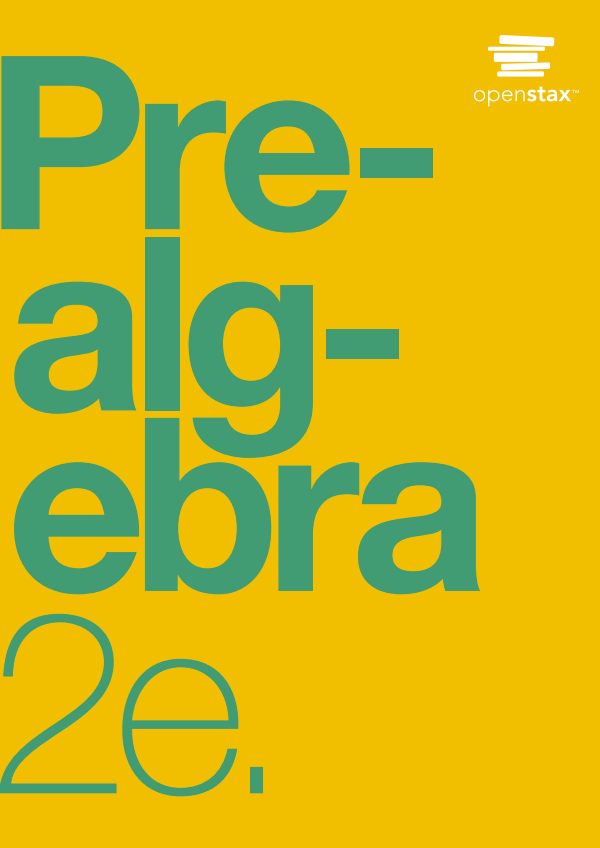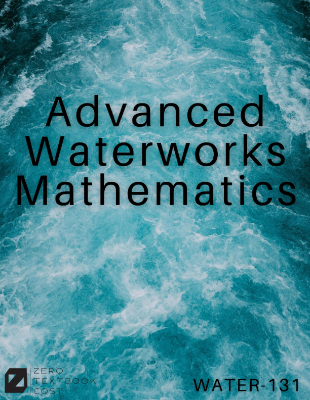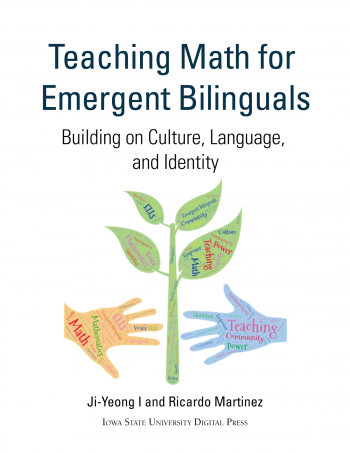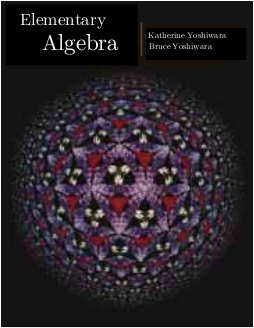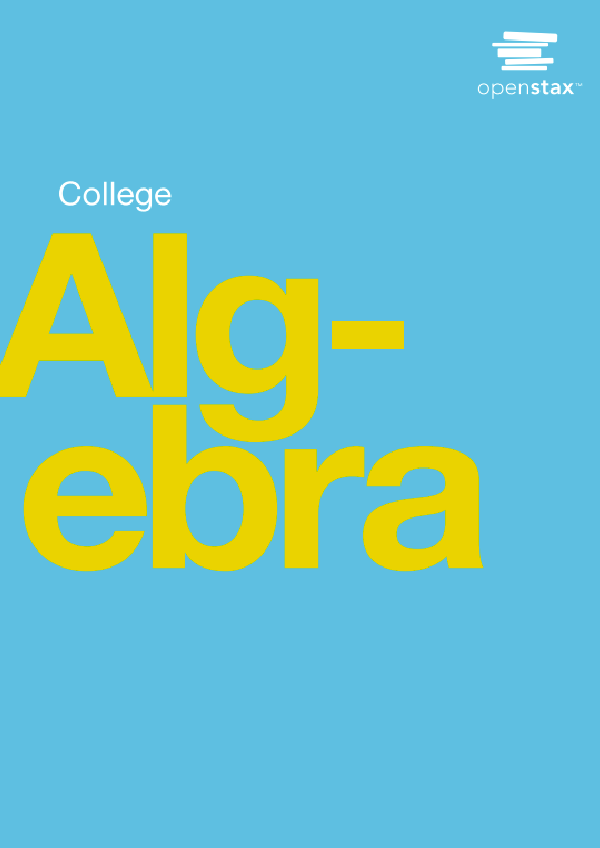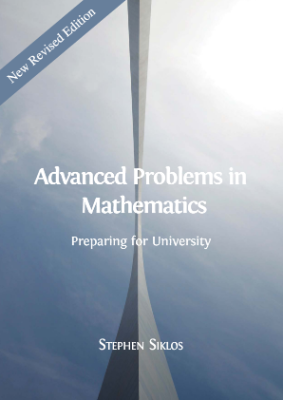This textbook provides an introduction to proofs, logic, sets, functions, and other fundamental topics of abstract mathematics. It is designed to be the textbook for a bridge course that introduces undergraduates to abstract mathematics, but it is also suitable for independent study by undergraduates (or mathematically mature high-school students), or for use as a very inexpensive supplement to undergraduate courses in any field of abstract mathematics.
Roughly speaking, an assertion is a statement of fact, such as “The earth is bigger than the moon” or “Edmonton is the capital of Alberta.” However, it is important to remember that an assertion may be false, in which case it is a mistake (or perhaps a deliberate lie), such as “There are less than 1,000 automobiles in all of Canada.” In many cases, the truth or falsity of an assertion depends on the situation. For example, the assertion “It is raining” is true in certain places at certain times, but is false at others.
In this and the next, which are introductory, we will deal mostly with assertions about the real world, where facts are not always clear-cut. (For example, if Alice and Bob are almost the same height, it may be impossible to determine whether it is true that “Alice is taller than Bob.”) We are taking a mathematical (or scientific) view toward Logic, not a philosophical one, so we will ignore the imperfections of these real-world assertions, which provide motivation and illustration, because our goal is to learn to use Logic to understand mathematical objects (not real-world objects), where there are no grey areas. Throughout this text, you will find exercises that review and explore the material that has just been covered. There is no substitute for actually working through some problems, because this course, like most advanced mathematics, is more about a way of thinking than it is about memorizing facts.
Logic Puzzles
Clear thinking (or logic) is important not only in mathematics, but in everyday life, and can also be fun; many logic puzzles (or brain teasers) can be found on the internet or in bookstores. Here are just a few. Solving problems like these provides good practice for some of the logic skills that will be needed later in this book.
Using Letters to Symbolize Assertions
In the remainder of this , we will discuss a logical language called . It provides a convenient way to describe the logical relationship between two (or more) assertions, by using capital letters to represent assertions. Considered only as a symbol of , the letter could mean any assertion. So, when translating from English into , it is important to provide a symbolization key that specifies what assertion is represented by each letter.
